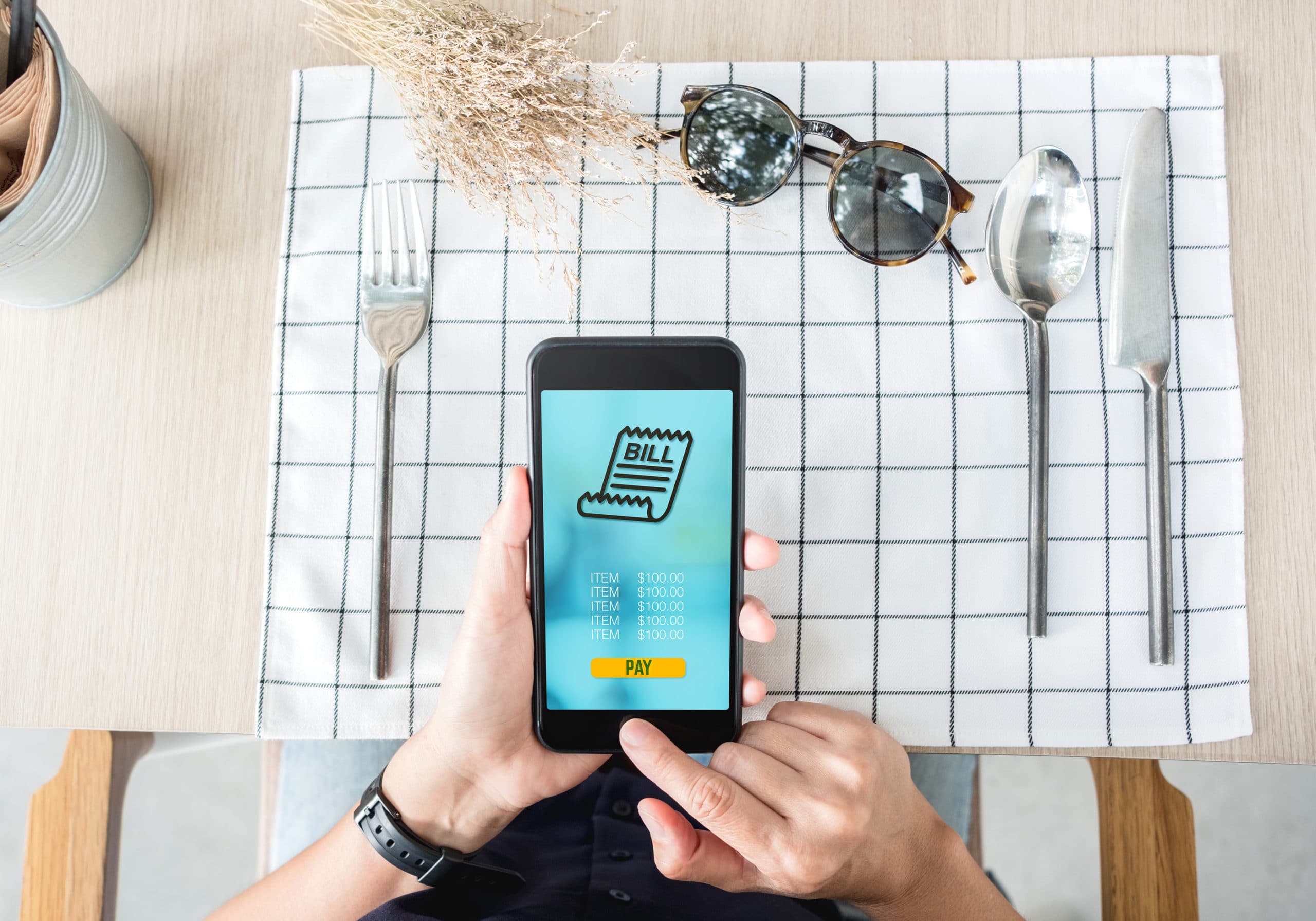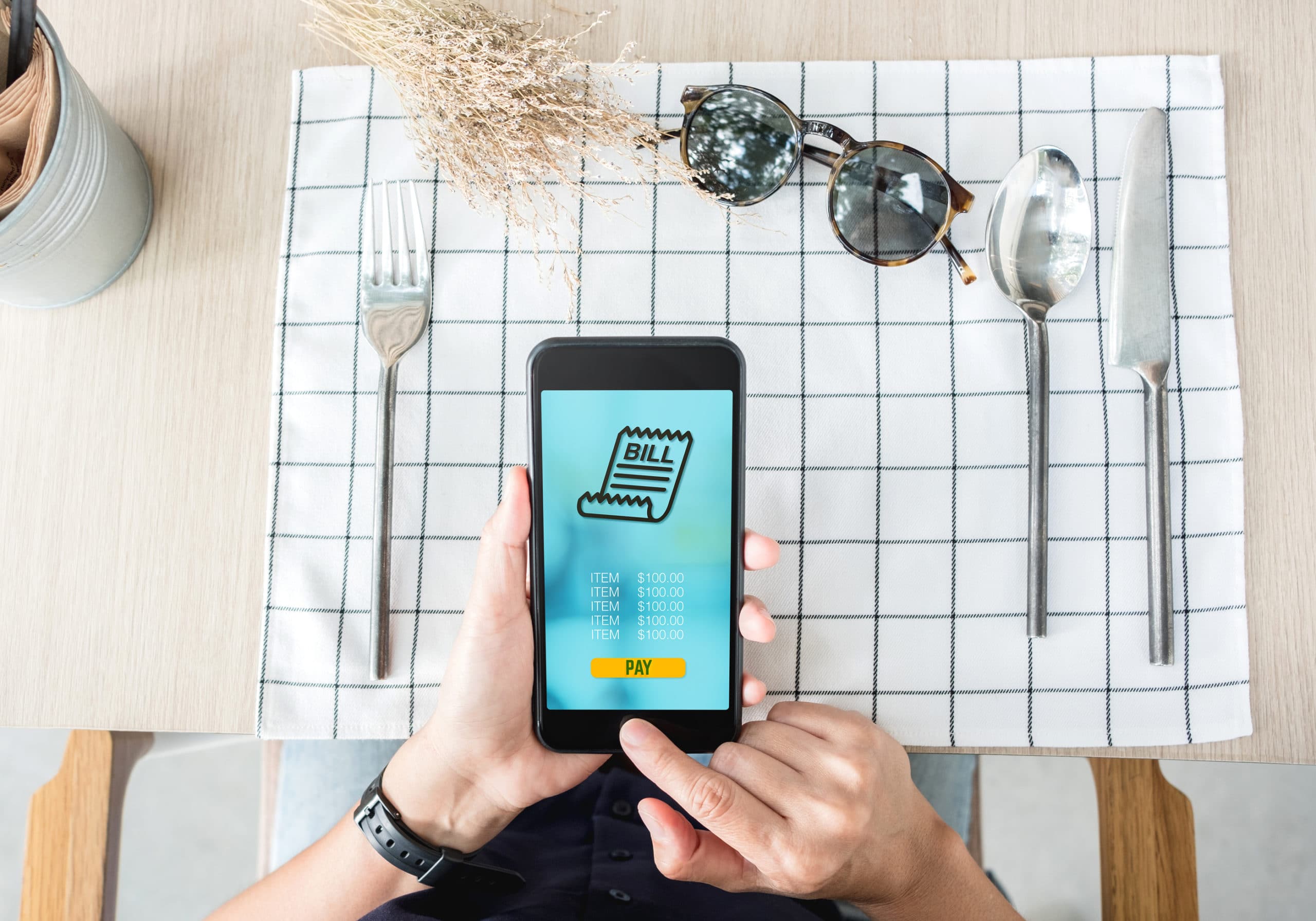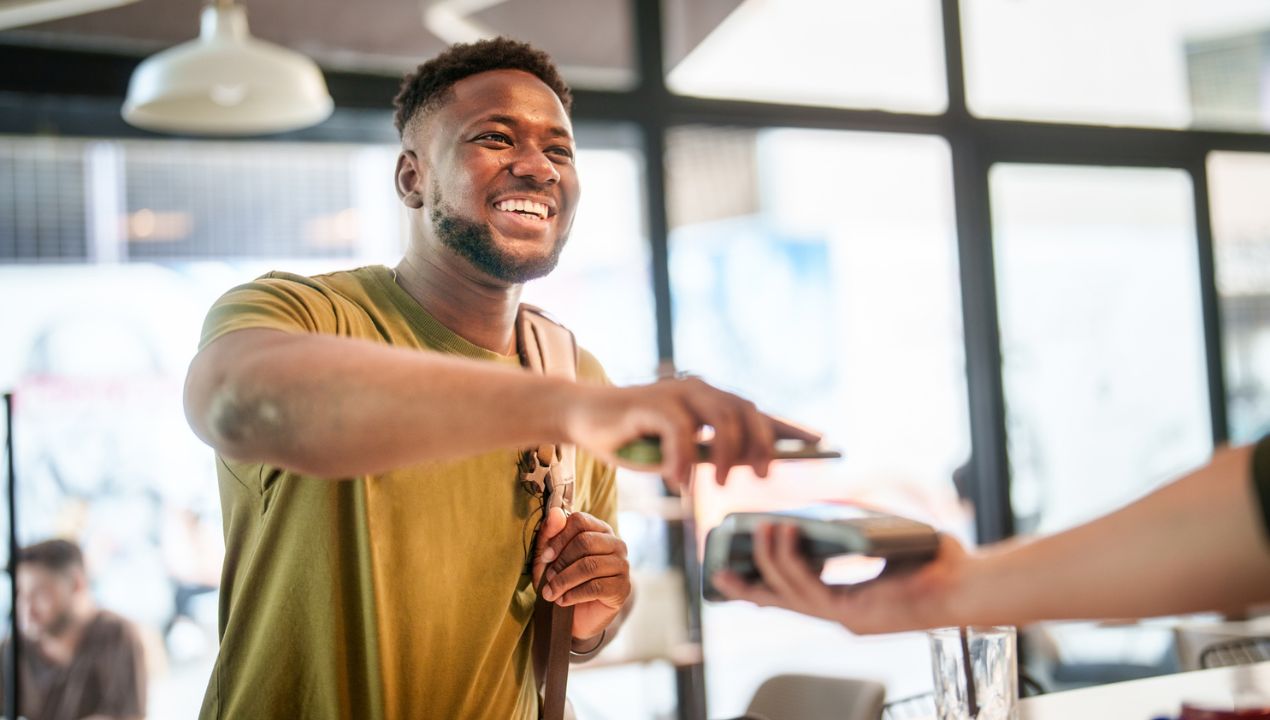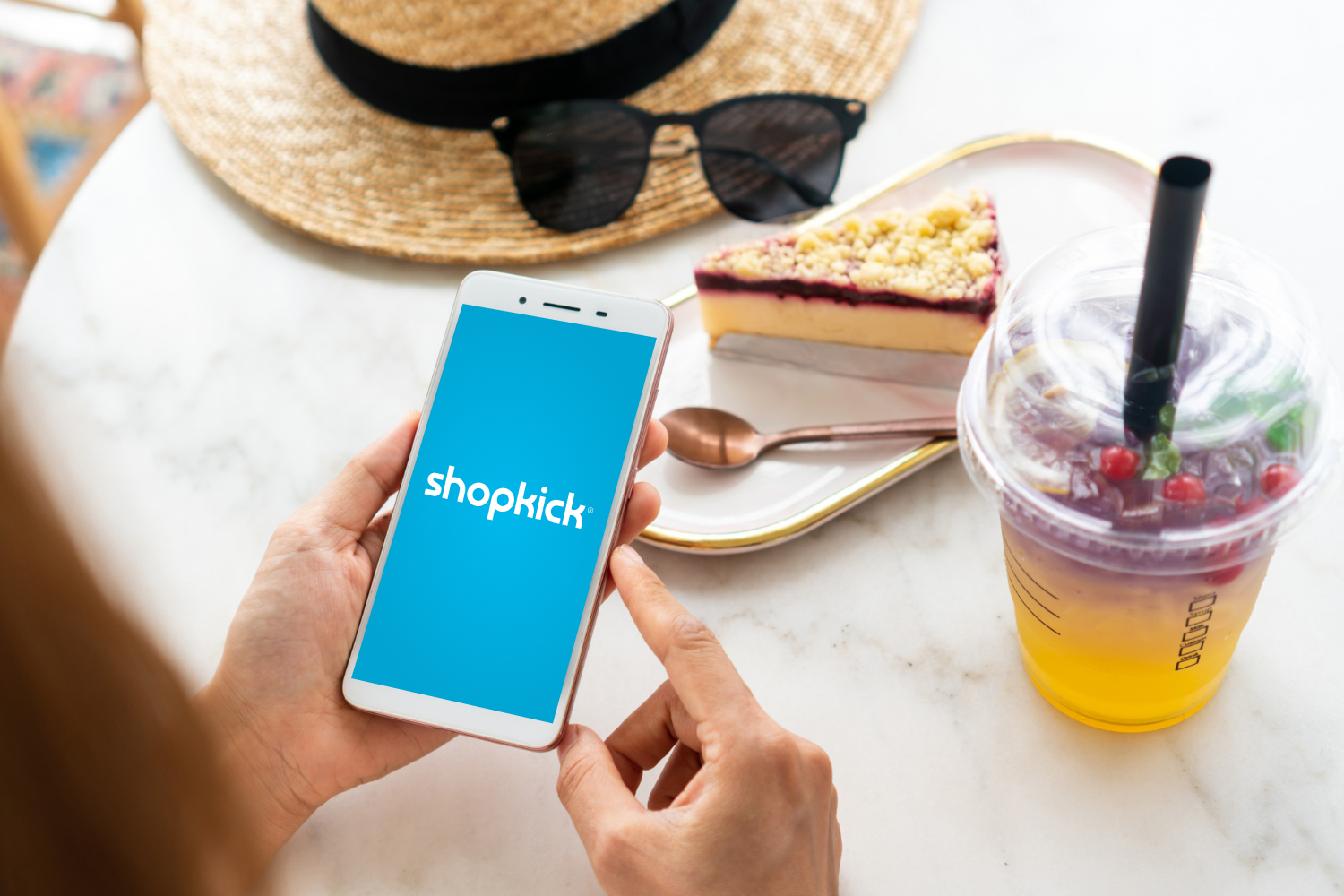Location-based marketing strategies create an edge for brands by targeting consumers when they are on the move. When an app is capable of moving with the consumer as they’re in the shopping aisle, it can be used to control the flow of traffic in a location, gain attention for a brand or product, and offer higher sales potential by incentivizing consumer engagement. Many brands have leveraged apps and increased sales by creating social events, gamifying mundane tasks, and providing feature-rich interfaces for consumers.
With apps, companies are better able to target consumers at the right locations which allows for higher sales potential. For example, a consumer strolling through the mall at dinner time is a far better audience for a restaurant ad than a consumer watching TV at home. It’s a matter of proximity. If a consumer is close to a location where an item is advertised, they are more likely to stop and interact with that product. Proximity marketing allows a company to target their sales effort towards a consumer in a purchase mindset by connecting with them via a mobile app.
Creating a Social, Real-Time App Campaign to Gain Brand Engagement
Location-based advertising is a great way to increase social media engagement while also driving attention to a product with an online event. We can see an excellent example of this with Bacardi Australia’s #MojitoMoments campaign. The out-of-home advertising campaign targeted Instagram users in specific locations throughout Australia, like those at clubs, pubs, and concert venues.
During the campaign, about 60 Instagram influencers took photos of Bacardi cocktails and tagged them with #MojitoMoments. Those influencers provided content that showcased the drinks in specific locations and created buzz for the brand’s line. The campaign saw about 50,000 engagements at participating locations.
While 50,000 engagements may not sound like a lot for an international brand, it’s important to remember that these campaigns were explicitly targeted to locations in Australia. The brand calibrated its ideal audience down to a specific area, which offers higher conversion potential. These local consumers had access to the product at the moment they’re receiving the advertisement. Such microtargeting let the brand engage users and drive attention to the product when consumers were most likely to make a purchase.
Directing In-Store Traffic With Gamification
 While shelf placement is king in retail, it becomes less important when apps act as maps to in-store shopping. Digital mobile apps can be used at retail locations to drive consumer foot traffic to less visible areas in a store or on a shelf. This location traffic control works by combining two critical components of a mobile app marketing campaign: gamification and rewards.
While shelf placement is king in retail, it becomes less important when apps act as maps to in-store shopping. Digital mobile apps can be used at retail locations to drive consumer foot traffic to less visible areas in a store or on a shelf. This location traffic control works by combining two critical components of a mobile app marketing campaign: gamification and rewards.
Gamification, where an app also functions as a kind of game, encourages user adoption of—and engagement with—an app. Meanwhile, rewards boost retention of the app, providing continued engagement with the brand. Gamified apps can drive both traffic and sales. We can see this in action with Shopkick, which works as follows:
- With the app open, a consumer receives a notification that they can collect rewards points—known as kicks—by going to a retail location. They decide to stop by for some items they need.
- While in the store, the consumer opens the app that lists items offering kicks and decides to seek out some they might not have otherwise considered.
- They find the product in-store, physically picking it up to scan it with their phone’s camera. This action improves the likelihood that the product will be purchased and builds awareness of the product even when it’s not.
- Shoppers redeem all the kicks earned for gift cards to favorite stores.
By turning a shopping trip into a digital scavenger hunt, the app gamifies a mundane everyday experience. At the same time, it allows the retailer or brand to direct traffic to a specific location by incentivizing the consumer with rewards.
Leveraging Multifunction Apps in Location-Based Marketing Strategies
An innovative app doesn’t need to create an entirely new idea. Instead, it can borrow from other ideas and incorporate them in one spot. Multifunctional apps are popular with consumers as they are convenient. They work for retailers as they keep consumers in the app longer. To see an example of how one of these apps functions, one can look to the popular retailer app, the My Starbucks Rewards (MSR) program, which has a membership count of 14.9 million and growing. One of the significant drivers of participation is the brand’s continual addition of features that drive user downloads and retention. Some of these functions include:
- Mobile payments: Consumers love to be able to pay for items via their phone. Mobile payments now represent 12% of Starbucks’ U.S. sales.
- Pre-orders: Consumers can order before they reach a location, eliminating getting stuck in the coffee queue and reducing in-store congestion.
- Rewards tracking: Starbucks offers a way for consumers to gain rewards, which they can redeem for free or discounted products later.
- Event notifications: One of the company’s plans for the future is to offer more personalized events for consumers, which will introduce them to new products and limited-time offers based on their order histories and preferences.
Essentially, the Starbucks app takes a consumer through the entire sales funnel. It notifies them of nearby locations, then offers them the opportunity to order and pay ahead of time. The user’s rewards are automatically tracked and can be used on a return visit to the store. While Starbucks’ app is successful on its own, its partnership with third-party apps like Shopkick drive additional visits over and above their already loyal shoppers.
While Starbucks’ app is successful on its own, its partnership with third-party apps like Shopkick drive additional visits over and above their already loyal shoppers.
Innovative programs like multiple functions, gamification, and social engagement can be seen as added value for companies like Starbucks. Proximity and location-based marketing strategies that use apps allow brands and retailers to connect with consumers on the move, gaining their attention when the potential for a sale is highest.
These three examples of the innovative use of apps in location-based marketing strategies capitalize on consumer wants and needs. They want to be notified of events and ways to earn rewards, and they want the convenience of being able to access all the features they need in one app. These third-party apps deliver all that, and allow brands to control location traffic, engage consumers, and improve the overall customer experience.
Shopkick’s app allows our partners to harness the conversion potential of a multi-functional app, and to include rewards program management and gamification. For more information about becoming a partner, contact us.
Image courtesy of weedezign




